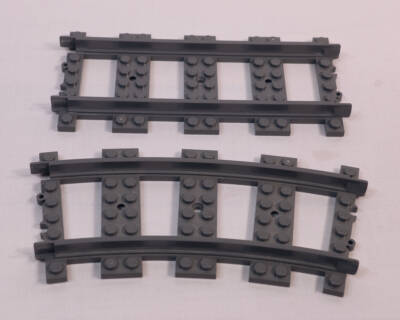
One of the greatest strengths of model railroading is the diverse, multifaceted nature of the hobby. History, woodworking, electrical engineering, and many other disciplines can all be pursued toward the common goal of making a miniature railroad that looks and operates as closely to the real thing as possible. And yet, for nearly every task a model railroader must accomplish, there is almost always an alternative path to the same destination.
What is L gauge?
For L gauge modelers, this idea of taking an alternate route is perhaps the central, animating feature of the scale. But what is L gauge, and why should modelers of other scales take interest? First, the “L” in “L gauge” stands for LEGO, as most trains in this scale are built with bricks from the popular brand, designed to run on the standard LEGO track gauge of 1.48 inches. Of course, the natural question that comes to mind is, “How can this be anything but a children’s toy?”

It is true that L gauge does not exist among the standard scales of the National Model Railroad Association (NMRA) or NEM. Likewise, the work required for an L gauge model railroad is of a completely different nature than the work put into an HO scale layout, for example. In L gauge, although the LEGO parts are commercial components, there are very few sources for complete model railroad equipment. Most of what is available is better regarded as toy trains. As such, nearly all of the work of an L gauge modeler is essentially scratchbuilding — discovering a way to use building bricks to create a realistic model of a given structure, locomotive, or car. This hearkens back to an earlier age of model railroading, where kitbashing and scratchbuilding were the best means (and in some scales, still are) of achieving a prototypical model railroad.
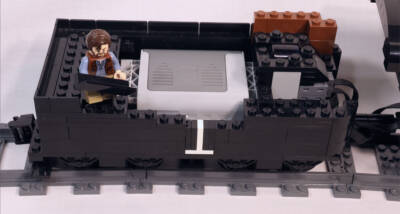
Furthermore, discovering the right combination of bricks to achieve a particular effect in L gauge can be a challenge to rival anything other scales have to offer, especially when replicating the intricate mechanisms of steam locomotives. The results can often be measured against the best scale model trains available, as demonstrated by the work of L gauge builders like Glenn Holland, Tony Sava, and British modeler Carl Greatrix. This fact has been recognized by the NMRA, which has awarded several of its members for their L gauge achievements.
On these grounds, there is good reason to consider L gauge modelers as model railroaders in the fullest sense of the word. So, what reasons might there be for a modeler to embrace L scale, and what are its advantages and disadvantages compared to other scales?
Pros and cons of L gauge railroading
In all respects, the principal advantage of L gauge over more traditional scales is its modularity. That is to say, once a model is built, its configuration is not fixed. Whether scratchbuilt or made from a kit, a model can be reworked and improved at any time. New details can be added, proportions changed, and drivetrains modified at will. This same attribute means that a model can be built in stages, with multiple rounds of revision to ensure the finished product is as realistic and functional as possible. To do the same in conventional model railroading is more difficult and often results in wasted parts.
A second advantage of L gauge modeling is its space requirements. Despite L gauge being a relatively large scale — lying between the conventional scales of Gauge 1 and O — the standard curve radius produced by LEGO is just 12.5 inches. This is known as R40 to L scale modelers, as 12.5 inches equals 40 LEGO studs. Because of this tight radius, a LEGO train layout requires only a little more space than an N scale layout, making it ideal for modelers who want a large scale but have limited space.
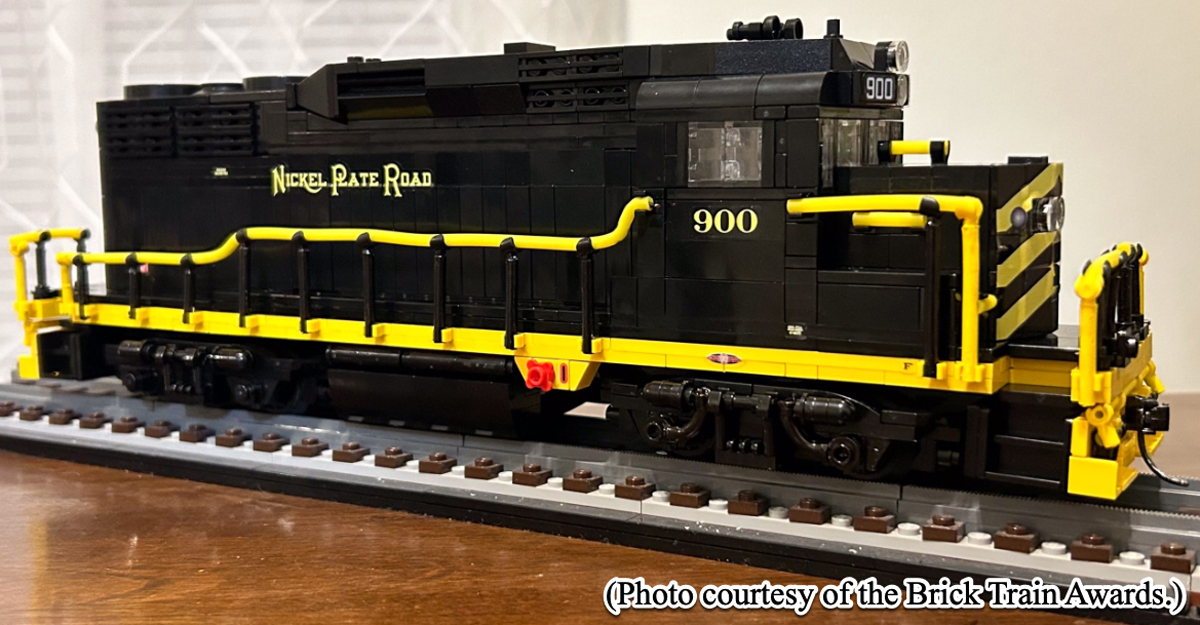
The third advantage of L scale is its potential to introduce a new generation to the hobby. LEGO bricks are a very popular toy, but many of the kids who play with them are not aware of the existence of L gauge model railroading. In my experience, kids respond very positively to the sight of an L gauge railroad and even more positively to the opportunity to help operate one. In this way, L gauge modeling makes an excellent bridge to the next generation of “The World’s Greatest Hobby.”
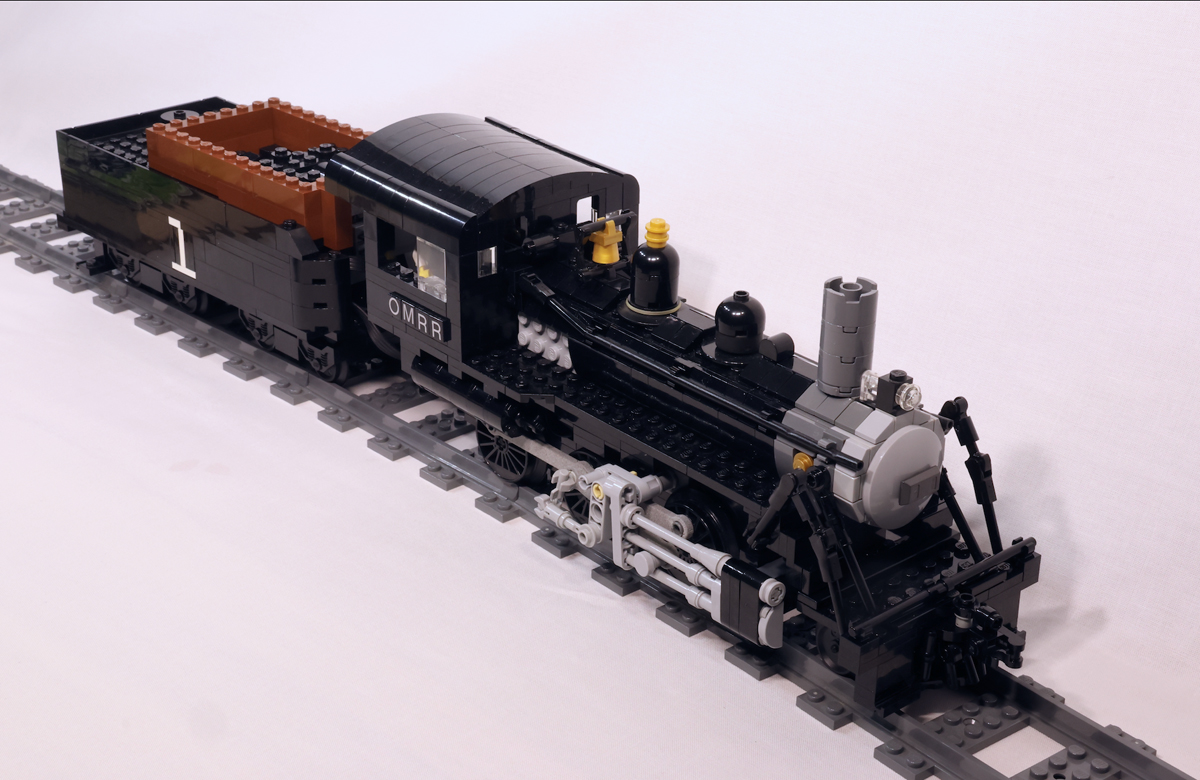
Fourth, since the mid-2000s, the power systems used by LEGO for its train sets have incorporated technological advances that are only recently becoming popular in conventional model railroading. Since 2006, LEGO trains have been both battery-powered and remotely controlled, making for easier maintenance and more time spent running trains. The number of trains that may be operated simultaneously with stock LEGO power components is comparable to that of a DCC starter set like the Bachmann E-Z Command, and third-party options exist that can expand these horizons.
In terms of price, an L gauge layout can be built at costs comparable to those for O gauge conventional equipment. For some items, L gauge is less expensive; for others, O gauge has the lower price. Generally, the costs tend to balance out. L gauge has the potential to be less expensive if O gauge scenery components are used and if one takes advantage of L gauge’s smaller potential footprint.
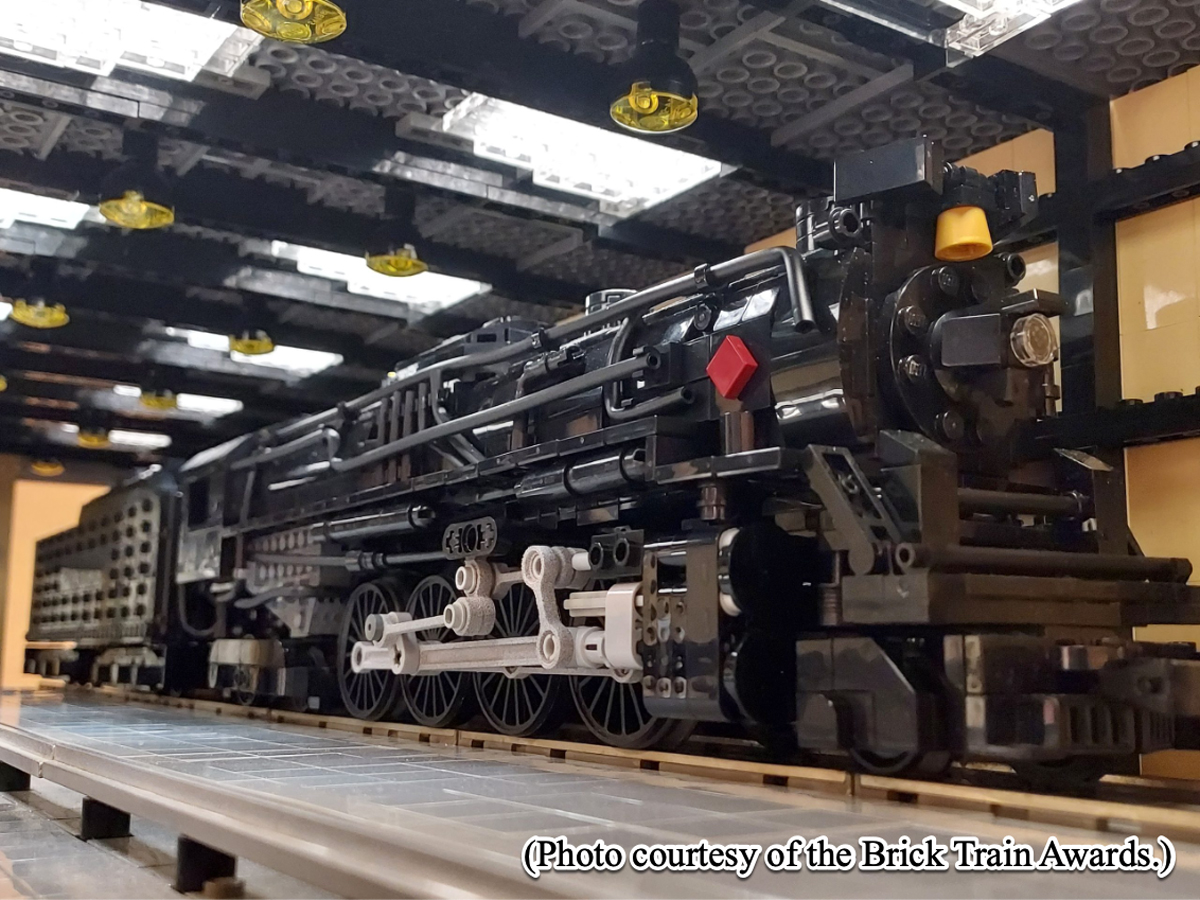
Now, what disadvantages does L gauge have compared to more established scales? Perhaps the most apparent is the degree of detail possible with conventional models as opposed to brick-built trains. The “rivet counter” will certainly be dissatisfied with the deep flanges, non-standard wheel sizes, and comparatively coarse building grid of the LEGO brick system. In contrast, the more operations-minded modeler will appreciate the general durability of brick-built trains and the ease with which they can be repaired in case of an over-the-table catastrophe. Additionally, though LEGO minifigures are out of scale with human proportions, unlike O scale figures they are posable and can be built in an infinite number of clothing and facial expression configurations.
A second disadvantage of L gauge is the dearth of commercially available equipment. Although LEGO and some competing brick brands do produce train sets, most can accurately be called toy trains instead of model railroad equipment. A few fans also offer building instructions for models that save the work of design but still require the builder to order the requisite parts. As such, L gauge is currently best suited for modelers who, like myself, enjoy the challenge of making their own equipment.
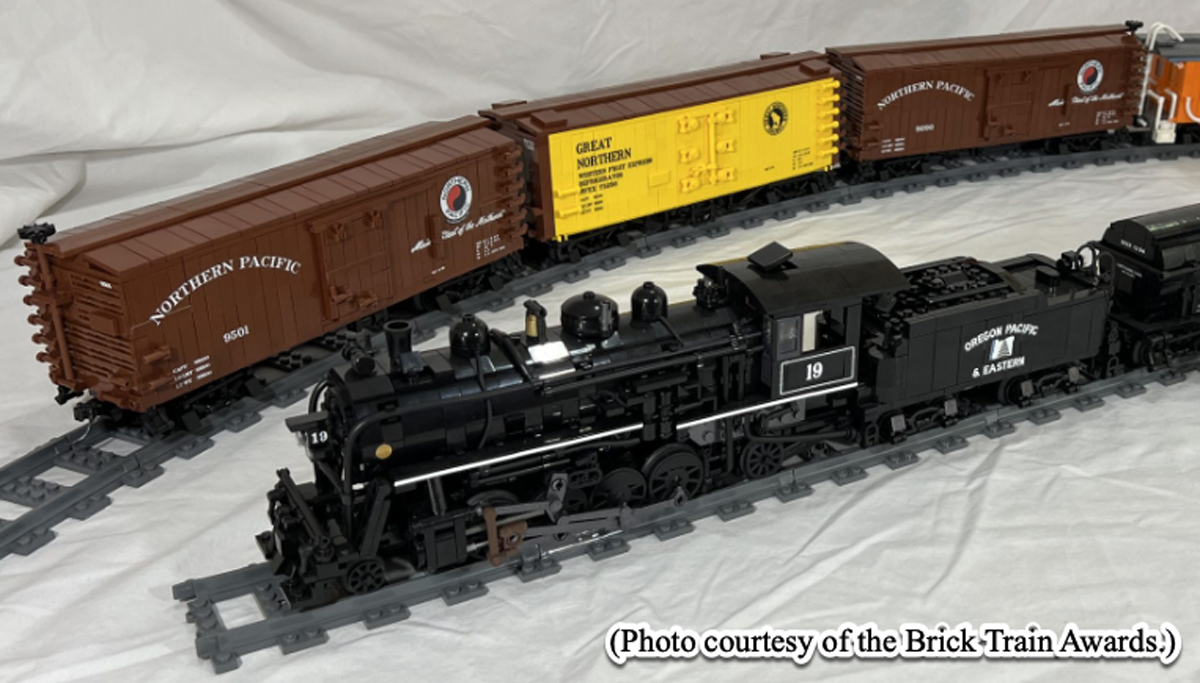
One final disadvantage worth mentioning is that while command-control power solutions are standard for L gauge, these systems lack the full functionality of a true DCC system unless the modeler has some technical skill and is willing to use third-party parts. In the Power Functions command-control system, for instance, it is not possible to run more than eight trains simultaneously. For large layouts and big operating sessions this may pose a problem, but for smaller model railroads, the stock power solutions from LEGO such as Power Functions and the currently-produced Powered UP are more than sufficient. For those who simply must have more trains and don’t want a highly technical or battery-powered solution, it is possible to wire an L gauge layout for DC block control using the 9V LEGO system of the 1990s and early 2000s — a system being revived by the third-party company Fx Bricks.
Based on these advantages and disadvantages, who would benefit the most from making the switch to L scale? Many features of LEGO trains make them ideal for modelers at both ends of the age spectrum: the very young and the retiree. The small radius of curves makes L gauge ideal for a model railroad in a bedroom, closet, or apartment, or even one incorporated into furniture. An L gauge switching layout in any of these spaces would make for hours of operating fun and would be well-suited for a college student and retiree alike. Furthermore, modelers with limited space can spend more time making and detailing each locomotive, structure, and car, which mitigates the lack of available commercial equipment.
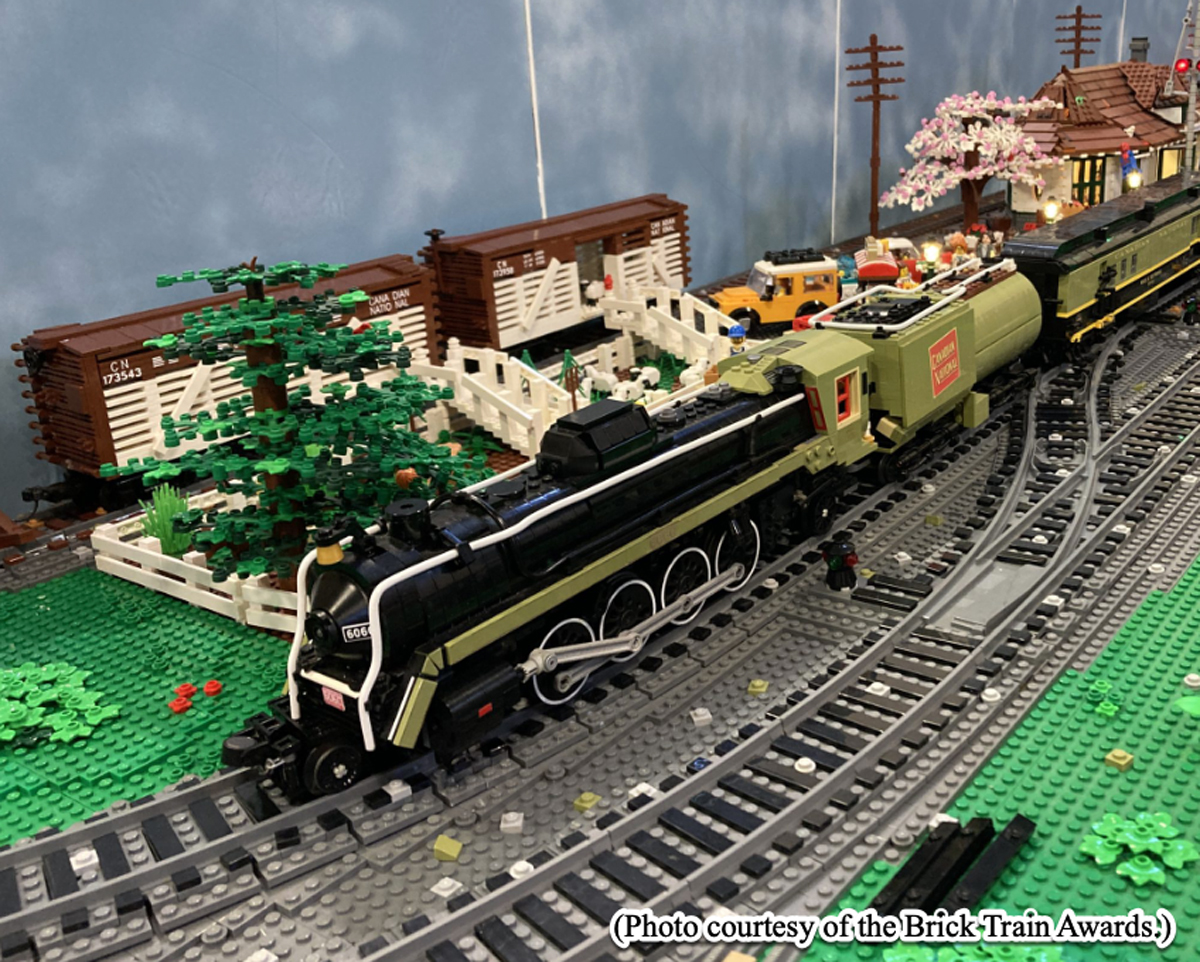
For the aging modeler, the size of L gauge is an additional advantage. There’s no tiny lettering that you can only read with a magnifying glass. The trains are exceptionally easy to place on the rails, and repairs are generally simple. Children and grandchildren can safely help with the setup and operation of the layout, provided, of course, they are old enough to know not to eat any pieces.
Resources
In summary, the world of L gauge and brick-built trains offers much promise for the creative modeler, the tinkerer, the grandparent railroader, and modelers who want to fit a large scale into a small space. The work of other modelers can be a great inspiration, and I encourage those who are comfortable navigating the digital world to investigate the Brick Train Awards, Brick Model Railroader, and L-Gauge.org for more information and to see what is possible in L scale.
For those who prefer print resources, The Lego Trains Book by Holger Matthes is an excellent resource, though it is centered around modeling European prototypes and was published before the Powered UP control system was released. If you want to branch out and try a scale with a different modeling experience, give L gauge a try. It may be that for you, those little plastic bricks will become an art medium instead of just a toy.






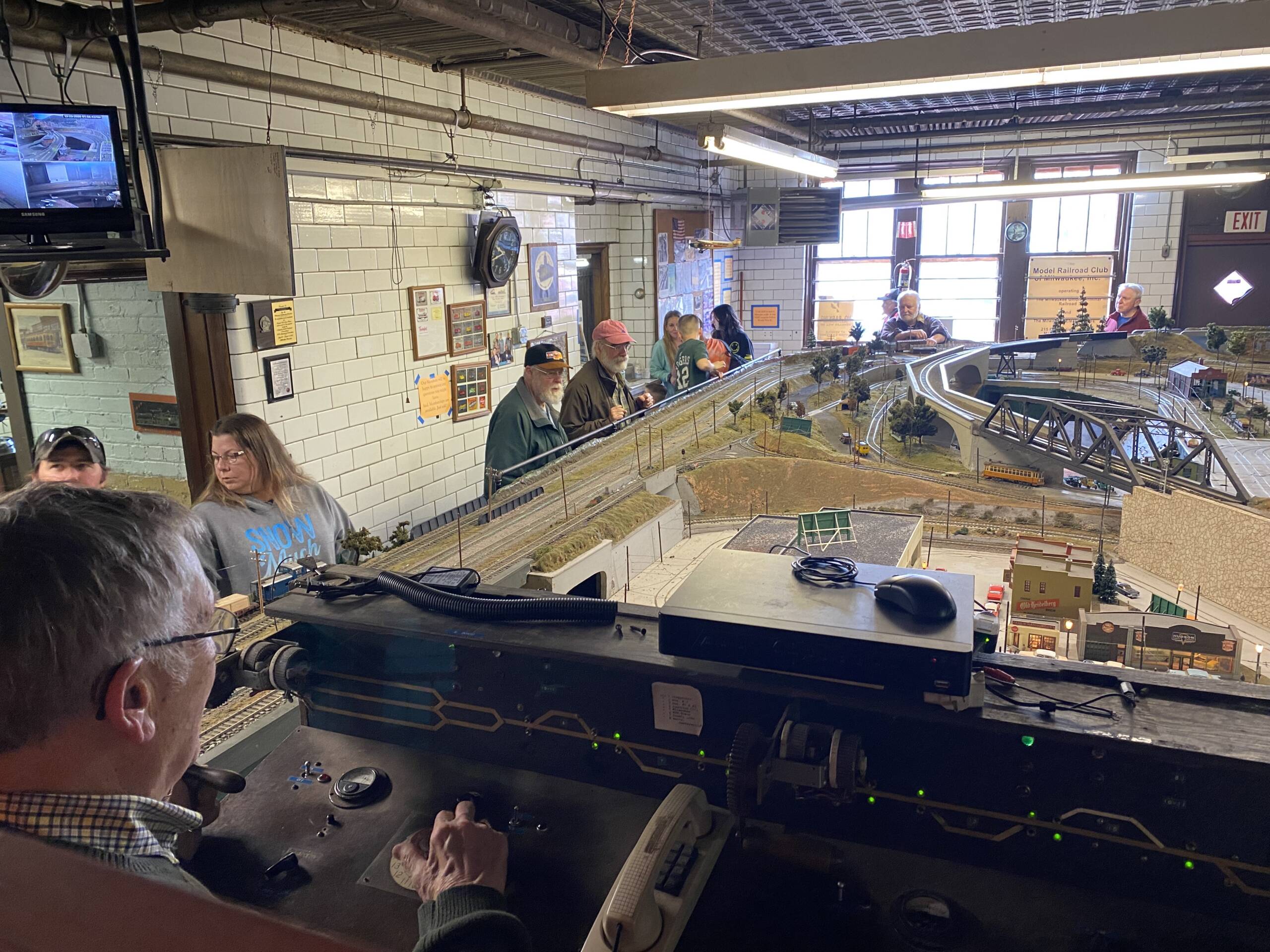
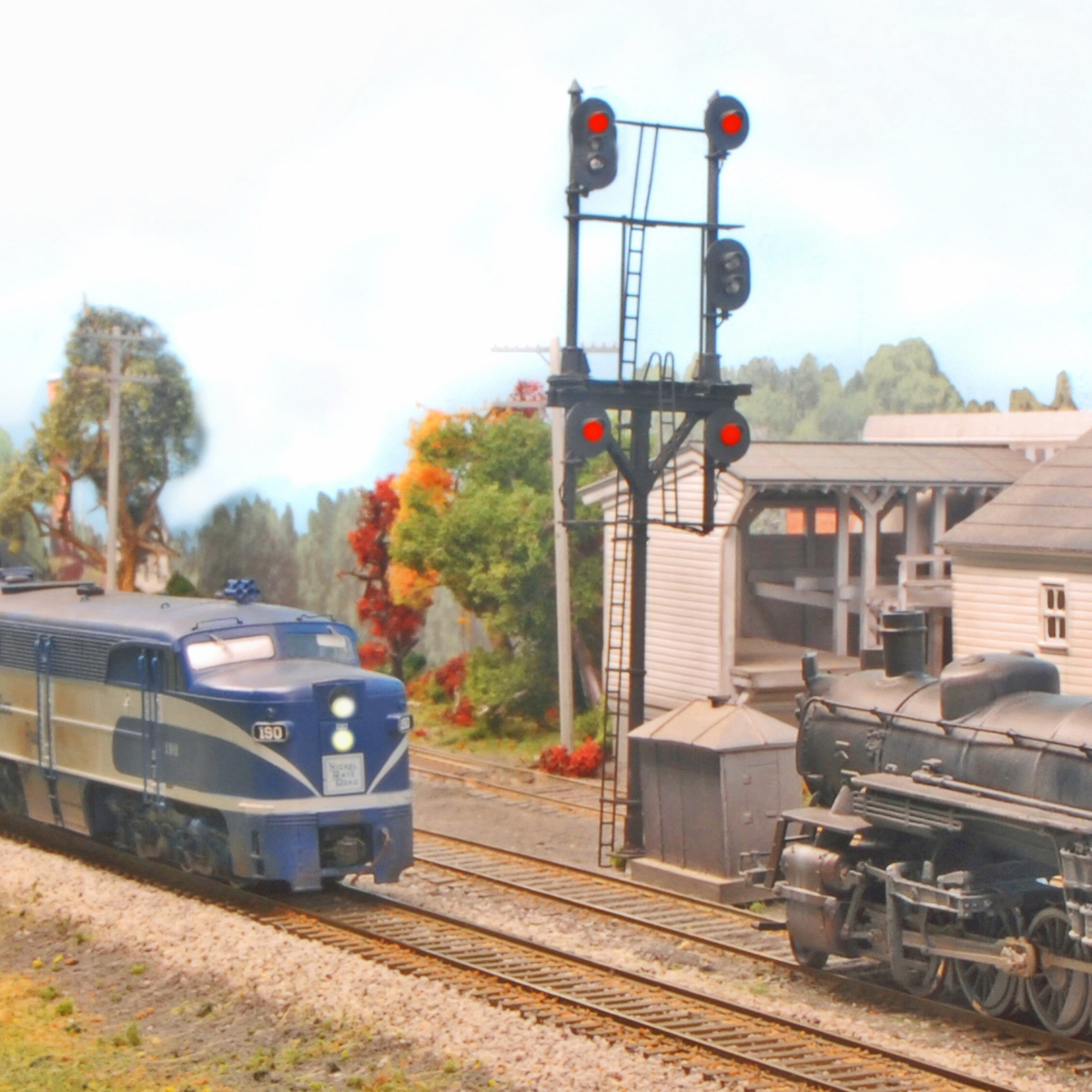
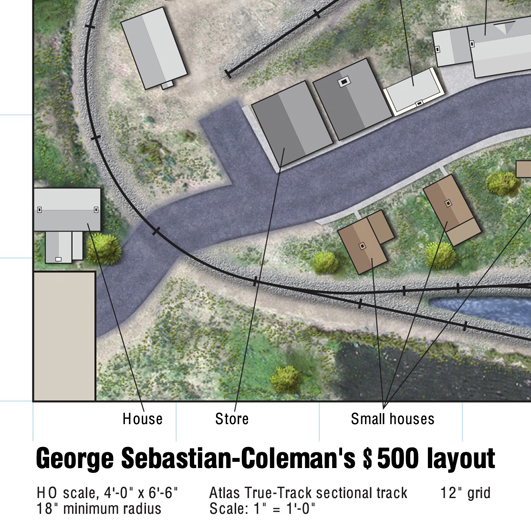

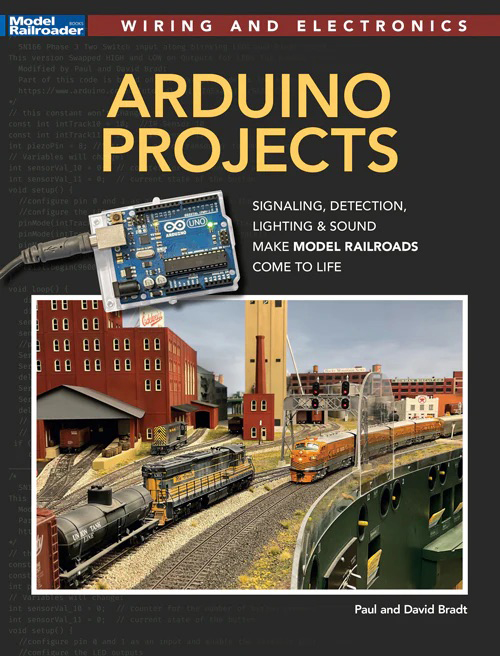
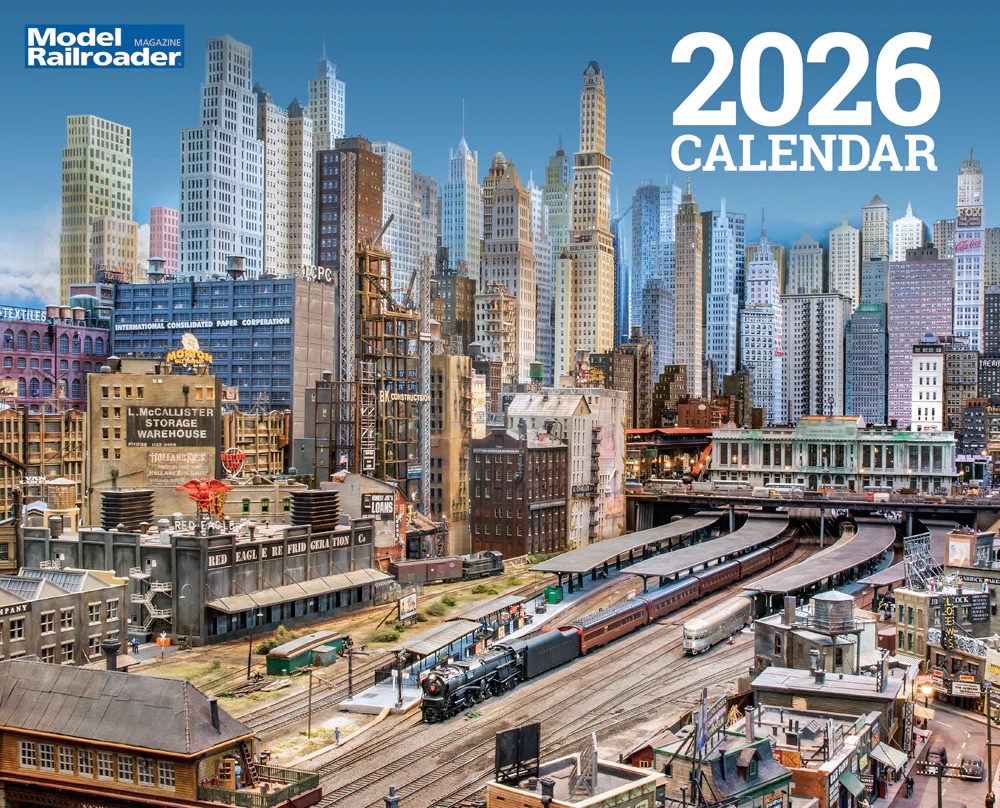

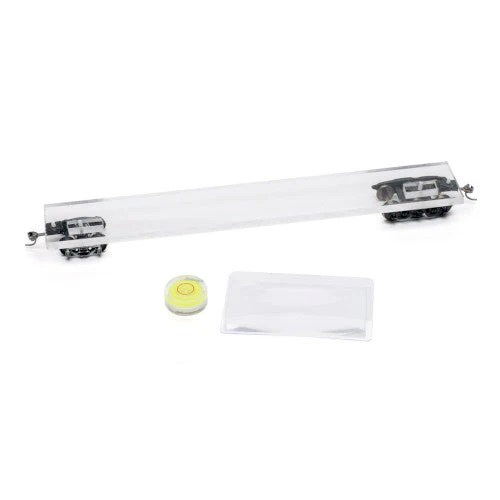
Mike,
Oops, that was an omission on my part! But, I’m afraid those elementary sets you mentioned (currently Lego set nos. 60337 [Express Passenger Train,] 60336 [Freight Train,] and 60470 [Arctic Explorer Train] are the only ones that include Lego train power components. There are other sets with train wheels and track, but they are all unpowered models, either intended for display or to be paired with a separate-sale motor and Powered UP hub. However, there are ways to get exactly what you need without paying for a giant set, and ways to get parts that The LEGO Group no longer makes. The best place to start is the “Sets” and “Parts” catalogs on Bricklink (https://www.bricklink.com/v2/main.page). Bricklink is basically set up like eBay but for LEGO products specifically, and as such it will be most economical for you to search for a seller of the item you want who lives in the same country as you. I’ll be publishing another article with further details on the process of designing and building an L-gauge train at a future date, but I hope this information helps you now! – Isaac
No indication of where to source the components. Apart from a couple of elementary sets, I have not seen track, ‘bricks’ or controls available in any store in Australia.
A 2024, I to a model railroad show in San Jose where a LEGO layout was running attended by the “Bay Area LEGO Users Group.”. There was a small city with buildings, streets and LEGO people here and there and a small amusement park with a swing ride and a working roller coaster too. There was also a large LEGO character, the size of a multi story building he was standing next to holding the “Stay Puff Marshmallow Man” from the “Ghost Busters” movie! But, it was the trains that got me. They ran on rails with metal top surfaces, not plastic. There was a yard with 5 or 6 tracks storing both freight and passenger trains, one of which was a Santa Fe passenger train complete with a “transition” car that followed the locomotive roof to the lower passenger car roof. There were several steam locos of different wheel arrangements, electric locos and a few “Geeps.” All the trains ran really smooth although a bit fast, almost like a Christmas tree layout! I haven’t seen anything like that since.
I’d like to make a clarification if I may- “L-Gauge” refers to the distance between the rails of LEGO track; it doesn’t say anything about *SCALE*. All of the examples of train MOCs in this article are built to the scale of 1:48, but the prototypical scale for L-Gauge (assuming Standard Gauge of 4’ 8.5″, or 1435mm) is 1:38, which is known as LGP (L-Gauge Proto), and often referred to as “10 wide”. At LGP, the scale works out to a very convenient 1 stud equals 1 foot (305mm).
It is similar to modeling on “G Scale” track (1.75″, or 45mm)- one can find manufacturers making their products at 1:22.5, 1:25, 1:29, and 1:32 utilizing this track, but at this gauge, the prototypical scale at this gauge (again, assuming Standard Gauge) is 1:32 (which is known as Gauge 1).
It’s not much of an issue now, but as builders start showcasing MOCs built at LGP scale, it will become more apparent of a distinction.
Glad to see my favorite scale of model railroading being talked about on this site. Thanks for the fantastic article!